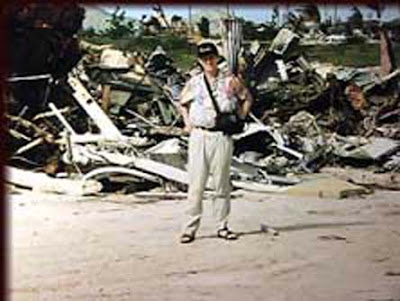
While we are still at the patent application stage, we need to abstain from posting relevant pictures. But for our affiliates and collaborators we will put together a presentation that is visible in these pages with an access code. The Institute will grant free use of all its patents to deserving or needy geographic locations. We train select personnel from these at our Mexico facilities, teaching product and process techniques directly, using the methods and machinery that we create for them. Also we are about to 'cast' prototypes on purchased land situated near our plant. We intend to complete these 'demos' this year, some of which are visible here on the Paraiso web site These lands will not be serviced by electricity for another year or two and we are tempted to use a solar package with wind turbine and panels on at least one of them. They are intended for human and physical testing and will provide support for our international action.
- Patent law is strict on one point, the fact that one cannot apply for a patent on a principle or technique that was already published, thus in the public domain. While our lawyers are not certain if a 'private blog' constitutes 'publication', we are taking no chances due to the immense cost of these patents.





